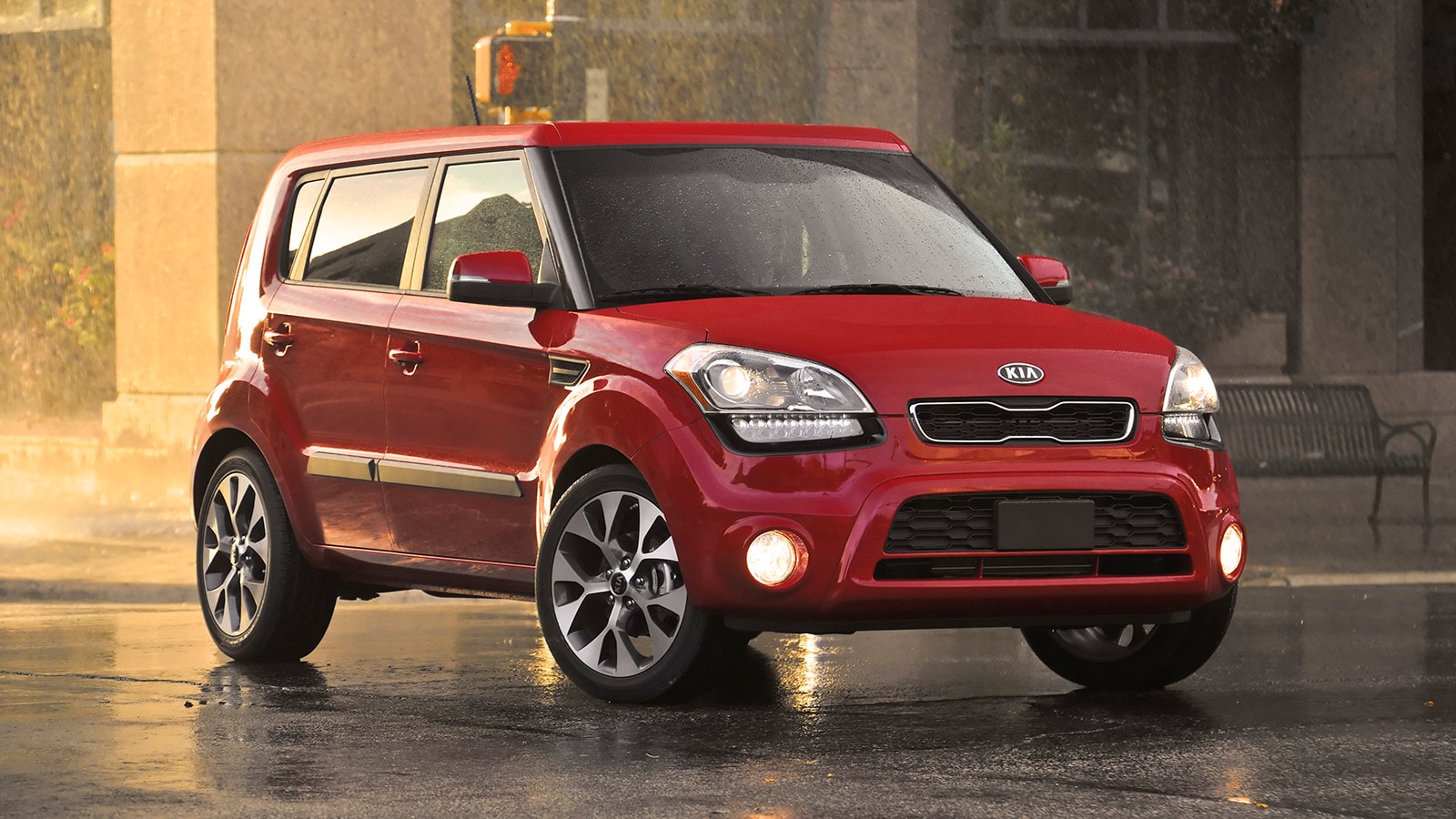There’s a solution to the wave of thefts of Kia and Hyundai vehicles. One that is starting to stick. A new report from an independent insurance agency group says a software update the two companies have started applying to cars has cut thefts by more than 50%.
A Nationwide Theft Wave
A series of social media videos set off a wave of thefts of Hyundai and Kia cars over the last three years. The fire spread quickly.
For decades, the list of the most commonly stolen vehicles mostly resembled the list of the best-selling vehicles simply because the cars were more common. They didn’t tend to come from any one manufacturer.
Last year, that rule failed. Six of the top 10 came from Hyundai or Kia.
The companies had social media to blame.
Both companies are under the umbrella of South Korea’s Hyundai Motor Co. and often build vehicles with common parts.
In late 2021, a series of social media videos taught viewers how to steal certain models with just a screwdriver and a USB cable.
Many older Hyundai and Kia vehicles lack an engine immobilizer, a common anti-theft device. More expensive trims from both brands tend to have the feature. But base models from before 2021 often don’t.
Even those that have the part aren’t safe. Many thieves don’t know how to spot the affected models. They sometimes break windows, dismantle steering columns, and then flee when they find an immobilizer.
Some major insurance companies have begun declining coverage on certain models in some states because the theft risk is high enough to throw off actuarial calculations.
A Free Fix
Hyundai and Kia responded with a software upgrade that makes the cars harder to steal. Dealerships will install it for free. In larger cities, the companies have also set up mobile clinics to install the software in thousands of cars.
The fix doesn’t involve installing an immobilizer. Instead, it stops the cars from starting unless first unlocked with a key fob.
Study Shows It’s Working
The Highway Loss Data Institute (HLDI) is a research group funded by the insurance industry. It studies insurance claims to spot trends in thefts and accidents and help avoid them.
An HLDI study finds that vehicles with the update “had theft claim frequencies that were 53% lower than vehicles that didn’t get the upgrade.”
Of course, the software only protects your car if you have it installed. The HLDI notes that “30% of the eligible Hyundais and 28% of the eligible Kias in HLDI’s database” have the patch.
It may also be a sticker, not the software, doing the work. When technicians install it, they place a sticker on the driver’s side window to inform possible thieves that a car has the software. The HLDI notes that claims for broken windows dropped in cars with the upgrade.
Claims for actual thefts fell further – a full 64%.
“Based on these trends, we expect claim rates for Hyundai and Kia vehicles to gradually drop back in line with those of other brands, as thieves learn they’re no longer so easy to steal and the fad gets stale,” says Matt Moore, senior vice president of HLDI.
Thefts, Vandalism Still a Problem
The solution isn’t 100% effective, the institute notes. “Theft claim frequency for Hyundai and Kia vehicles remains elevated, even for models with the new software. One reason may be that the software-based immobilizer only activates if the driver remembers to lock the vehicle with a fob, while many people are in the habit of using the switch on the door handle.”
Vandalism claims, however, are common in vehicles with the software. “The 61% increase in vandalism claim frequency, relative to vehicles that haven’t received the upgrade, was almost equivalent to the decrease in whole theft claims,” the HLDI notes, “though the monetary cost of vandalism is much lower.”








